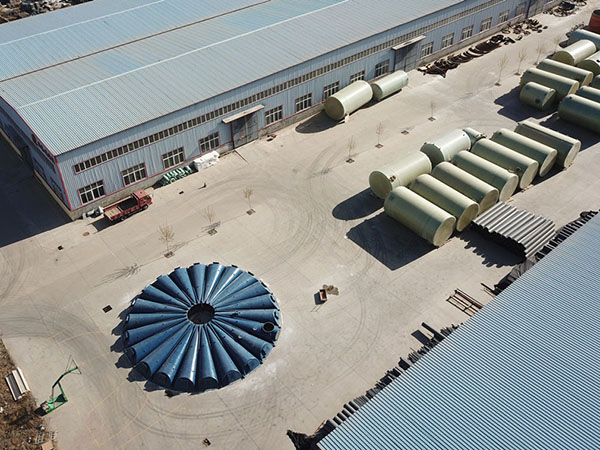
-
 Afrikaans
Afrikaans -
 Albanian
Albanian -
 Amharic
Amharic -
 Arabic
Arabic -
 Armenian
Armenian -
 Azerbaijani
Azerbaijani -
 Basque
Basque -
 Belarusian
Belarusian -
 Bengali
Bengali -
 Bosnian
Bosnian -
 Bulgarian
Bulgarian -
 Catalan
Catalan -
 Cebuano
Cebuano -
 China
China -
 China (Taiwan)
China (Taiwan) -
 Corsican
Corsican -
 Croatian
Croatian -
 Czech
Czech -
 Danish
Danish -
 Dutch
Dutch -
 English
English -
 Esperanto
Esperanto -
 Estonian
Estonian -
 Finnish
Finnish -
 French
French -
 Frisian
Frisian -
 Galician
Galician -
 Georgian
Georgian -
 German
German -
 Greek
Greek -
 Gujarati
Gujarati -
 Haitian Creole
Haitian Creole -
 hausa
hausa -
 hawaiian
hawaiian -
 Hebrew
Hebrew -
 Hindi
Hindi -
 Miao
Miao -
 Hungarian
Hungarian -
 Icelandic
Icelandic -
 igbo
igbo -
 Indonesian
Indonesian -
 irish
irish -
 Italian
Italian -
 Japanese
Japanese -
 Javanese
Javanese -
 Kannada
Kannada -
 kazakh
kazakh -
 Khmer
Khmer -
 Rwandese
Rwandese -
 Korean
Korean -
 Kurdish
Kurdish -
 Kyrgyz
Kyrgyz -
 Lao
Lao -
 Latin
Latin -
 Latvian
Latvian -
 Lithuanian
Lithuanian -
 Luxembourgish
Luxembourgish -
 Macedonian
Macedonian -
 Malgashi
Malgashi -
 Malay
Malay -
 Malayalam
Malayalam -
 Maltese
Maltese -
 Maori
Maori -
 Marathi
Marathi -
 Mongolian
Mongolian -
 Myanmar
Myanmar -
 Nepali
Nepali -
 Norwegian
Norwegian -
 Norwegian
Norwegian -
 Occitan
Occitan -
 Pashto
Pashto -
 Persian
Persian -
 Polish
Polish -
 Portuguese
Portuguese -
 Punjabi
Punjabi -
 Romanian
Romanian -
 Russian
Russian -
 Samoan
Samoan -
 Scottish Gaelic
Scottish Gaelic -
 Serbian
Serbian -
 Sesotho
Sesotho -
 Shona
Shona -
 Sindhi
Sindhi -
 Sinhala
Sinhala -
 Slovak
Slovak -
 Slovenian
Slovenian -
 Somali
Somali -
 Spanish
Spanish -
 Sundanese
Sundanese -
 Swahili
Swahili -
 Swedish
Swedish -
 Tagalog
Tagalog -
 Tajik
Tajik -
 Tamil
Tamil -
 Tatar
Tatar -
 Telugu
Telugu -
 Thai
Thai -
 Turkish
Turkish -
 Turkmen
Turkmen -
 Ukrainian
Ukrainian -
 Urdu
Urdu -
 Uighur
Uighur -
 Uzbek
Uzbek -
 Vietnamese
Vietnamese -
 Welsh
Welsh -
 Bantu
Bantu -
 Yiddish
Yiddish -
 Yoruba
Yoruba -
 Zulu
Zulu
Applications and Benefits of Fiberglass Reinforced Pipe in Various Industries
The Advantages of Fiberglass Reinforced Pipe in Modern Infrastructure
In the realm of modern engineering and infrastructure development, the materials used play a crucial role in determining the efficiency, durability, and longevity of various projects. Among these materials, fiberglass reinforced pipe (FRP) has emerged as a favored choice in many applications. Composed of a matrix of fiberglass and resins, FRP offers unique benefits that make it an attractive alternative to traditional piping materials such as steel and concrete.
One of the foremost advantages of fiberglass reinforced pipe is its exceptional strength-to-weight ratio. FRP is significantly lighter than metal or concrete pipes, yet it possesses comparable strength. This property not only facilitates easier handling and installation but also reduces transportation costs. Lightweight materials can be managed by fewer workers and require less heavy machinery, leading to quicker project completion times.
Another remarkable feature of FRP is its resistance to corrosion
. Traditional pipes, especially those made of steel or iron, are susceptible to rust and degradation when exposed to harsh environmental conditions or aggressive chemicals. In contrast, fiberglass reinforced pipes are immune to such issues, as the resin used in their manufacturing naturally resists corrosion from acids, bases, and salts. This quality extends the lifespan of the pipes and reduces maintenance costs over time, making FRP a cost-effective solution for industries such as wastewater management, chemical processing, and oil and gas.Temperature resistance is yet another critical characteristic of fiberglass reinforced pipe. FRP can withstand a wide range of temperatures, making it suitable for both hot and cold applications. This versatility is particularly beneficial in industries where temperature fluctuations are common, ensuring that the integrity of the piping system remains intact under varying conditions.
fiberglass reinforced pipe

Moreover, the design flexibility of FRP allows engineers to create custom solutions tailored to specific project requirements. Fiberglass reinforced pipes can easily be molded into different shapes and sizes, accommodating unique layouts and complex applications. This adaptability simplifies the design process and provides solutions that are often not achievable with traditional materials.
Environmental considerations are increasingly becoming a focal point in construction and infrastructure development. Fiberglass reinforced pipe is often recognized for its environmentally friendly properties. The production process of FRP generally involves less energy and fewer emissions than the manufacturing of metal pipes. Additionally, since FRP pipes do not corrode, they do not release harmful contaminants into the environment, thus safeguarding both water quality and the ecosystem.
Finally, the economic advantages associated with fiberglass reinforced pipe cannot be overlooked. While the initial investment might be slightly higher than that of conventional materials, the long-term savings due to reduced maintenance, longer lifespan, and lower operational costs often outweigh the upfront costs. Companies are increasingly prioritizing life-cycle cost analysis, recognizing that the durability and efficiency of FRP offer significant financial benefits over time.
In conclusion, fiberglass reinforced pipe represents a modern solution to the challenges faced in various industries, from construction to transportation. Its remarkable strength, lightweight nature, resistance to corrosion and temperature fluctuations, design flexibility, and environmental benefits position it as a preferred choice for new projects. As technology progresses and industries continue to evolve, the role of fiberglass reinforced pipe is likely to expand, ushering in a new era of sustainable and efficient infrastructure development.









